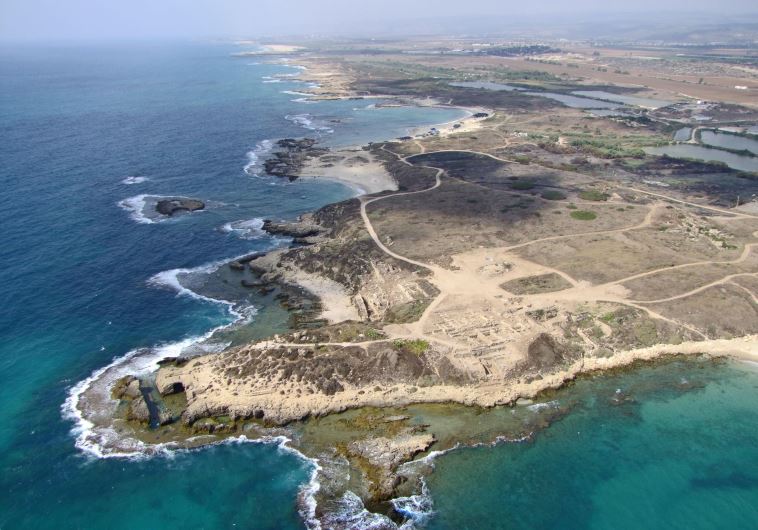The rise and fall of a forgotten Phoenician city (and its connection to the Israelites)
Jpost Holy Land: More than 30 years of excavations have unearthed a Phoenician city that was extremely prosperous and indeed truly cosmopolitan.
 Tel Dor and the Carmel coast.(photo credit: SKYVIEW LTD)
Tel Dor and the Carmel coast.(photo credit: SKYVIEW LTD)